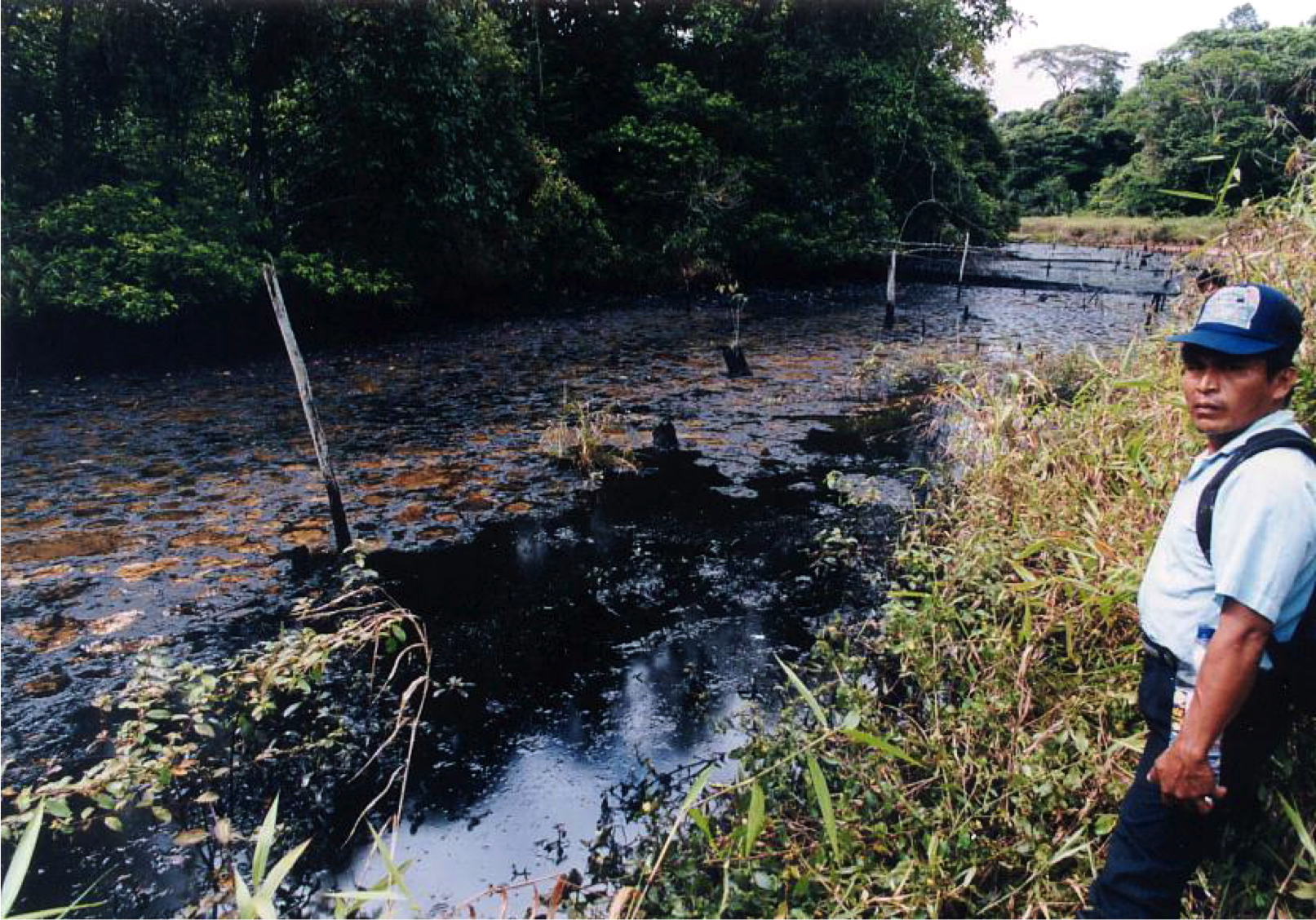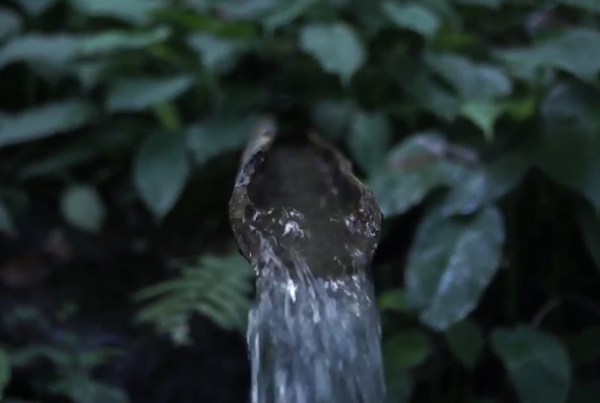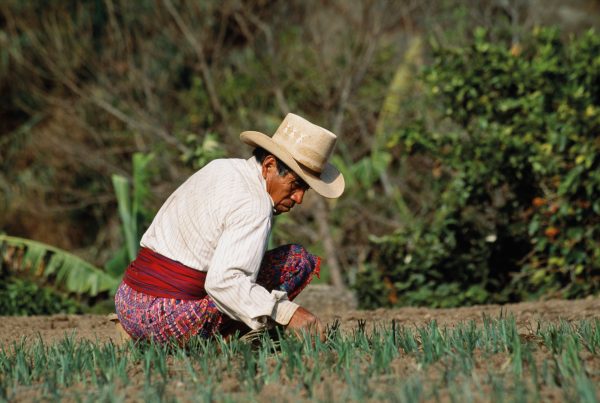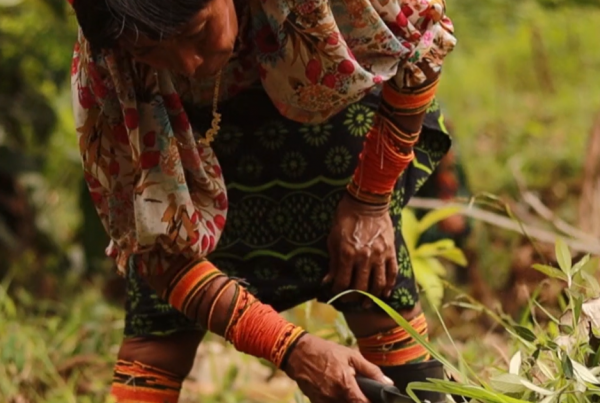Oil exploitation in the Corrientes river basin in northern Peru was started by Oxy [Occidental Petroleum Corporation] and Petroperu [Petróleos del Perú S.A.] more than 40 years ago, in the territory of the Achuar and Urarina indigenous peoples, without their consent.
Oil exploitation in the Corrientes river basin in northern Peru was started by Oxy [Occidental Petroleum Corporation] and Petroperu [Petróleos del Perú S.A.] more than 40 years ago, in the territory of the Achuar and Urarina indigenous peoples, without their consent. The resulting pollution has affected the health of native communities, animals and fisheries. There are, for example, lakes that are totally contaminated, where all the fish are dead. Contamination occurs because the pipe valves or pipes used in the exploitation process break, or because waste-water wells overflow. Communities have suffered from many illnesses but did not know what was going on. In September 2013 1 the situation was declared an environmental emergency, partly due to the advocacy of FECONACO [the representative political organisation of the native communities of the River Corrientes] and its environmental monitoring programme. Today, we still continue our fight against oil pollution.
Activities of the Territorial Monitoring Programme
The Territorial Monitoring Programme documents environmental incidents and reports the companies who are responsible to the State. There are currently 19 environmental monitors, who are elected by the communities.
I myself am an Achuar, from a community located in Lot Eight. As coordinator of the Territorial Monitoring Programme, I am responsible for planning the work and coordinating which areas are to be visited each month. Indigenous monitors identify contaminated sites (e.g. lagoons, ravines) and write down the GPS coordinates. With this information a report is prepared and submitted to the OEFA [Peruvian government’s Agency for Environmental Assessment and Enforcement]. OEFA sends investigators, who are guided to the contaminated areas by the environmental monitors in order to take samples for laboratory analysis.
Challenges and successes of the programme
Since 2004 we have been able to identify numerous spills and incidents [for example pipeline spills, leakage from storage wells, dumping of waste water]. The situation has been declared an environmental emergency, partly due to the support of our Territorial Monitoring Programme.
A big challenge to the programme has been the lack of resources for training environmental monitors. Future plans for the programme are to have indigenous environmental monitors collect soil and water samples directly, and for the programme to create its own office with internet access so that it is easier to report contamination issues. Indigenous environmental monitoring has been essential in generating evidence and highlighting our demands, which are as follows:
- Safe water for communities: If communities do not have wells with treated water they are forced to continue drinking contaminated water and they will continue dying.
- Implementation of best practices to prevent environmental pollution. For example changing the old pipes (many sections are from the seventies), improvement of waste-water wells, and so on.
- Restoration of contaminated sites: The State has committed to do this but so far there has been no restoration.
- Compensation payments to FECONACO for all damages and for use of the land.
Image caption: Numerous oil spills have been documented and reported by indigenous monitors. Photo by FECONACO
Author
- Wilson Sandi Hualinga, Coordinator, Territorial Monitoring Programme of the Federation of Native Communities of
the River Corrientes (FECONACO), Peru
Ecosystems
- Tropical forests
Topics
- Mapping and Monitoring
Type
- Short-form
Date
- This case study forms part of LBO-1, originally released in 2016.
References
- PUINAMUDT. Declaran en emergencia ambiental la cuenca del río Corrientes en Loreto. (2013). at <http://observatoriopetrolero.org/declaran-en-emergencia-ambiental-la-cuenca-del-rio-corrientes-en-loreto/>



